
Central Europe & Baltics-A Sad Fall From Grace
The Czech Republic went from being a leader in the fight against COVID-19 to a disaster in less than six months. What happened?
More...We kindly inform you that, as long as the subject affiliation of our 300.000+ articles is in progress, you might get unsufficient or no results on your third level or second level search. In this case, please broaden your search criteria.

The Czech Republic went from being a leader in the fight against COVID-19 to a disaster in less than six months. What happened?
More...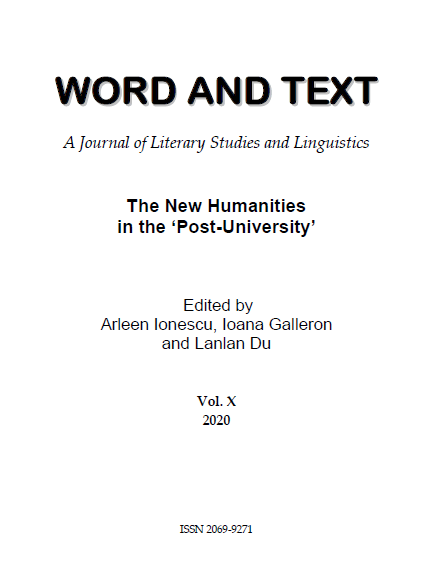
‘Humanity does not exist at all yet or it barely exists.’ French historical figure Jean Jaurès’s statement, famously echoed by Jacques Derrida, then by Bernard Stiegler, provides a fittingly provocative starting point for my reflections on the present condition and future of the ‘humanities’, envisaged both as the pluralization of what differentiates ‘us’ from other species and as the academic implementation of programmes (as well as the philosophical questioning) in the name of humanism.This article investigates the condition of the humanities in the digital age as always already that of the ‘posthumanities’. The impact of the Derridean deconstruction of the sign as technological ‘trace’ is recalled as an antecedent to Stiegler’s conception, from his first volume of Technics and Time onwards, of humanity as indissociable from an exteriorizing technicity which gave rise to a third kind of, or ‘epiphylogenetic’, memory. The second part looks at Stiegler’s notion of ‘pharmacology’, his diagnostic of the enslavement of contemporary homo technicus through tele-technologies and his pragmatic search for socio-political, cultural and educational remedies. Taking my cue from his approach as well as inflecting Bolter and Grusin’s notion of ‘remediation’, I conclude with a final section envisaging tomorrow’s ‘remedial’ (post)-humanities, adducing as precursor examples a couple of creative practitioners (Mark Taylor and Gregory Ulmer) and emphasizing the rich potential of videogames in such a ‘re(-)creative’ process.
More...
Manifold dangers related to cyberspace concern all modern security environment entities, including the North Atlantic Treaty Organization. Due to the fact that they become ever more frequent and complex, NATO is in need of taking specific steps in this field. This paper presents the measures undertaken by the Alliance in response to current cyber threats. The main goal of the research was to identify those activities that have contributed to the development of NATO’s capabilities concerning cyber threats. The article uses the method of critical analysis (literature on the subject, scientific articles, documents, reports, press materials) and the historical method. The main research question is: what actions taken so far by the North Atlantic Alliance have contributed to extending its cyber threats capabilities? The thesis advanced in the article says that the North Atlantic Alliance’s activities in this matter have impacted the development and the strengthening of its ability to defend this area. It should be expected that they will be the basis for the Alliance’s further activity which will include not only defense policies, but also other proactive activities in terms of contributing to the improvement of cyber security of all its members.
More...
The paper gives insight into the subject of culturally different ways of war-making. The objective is to further examine armed conflict in different societies and cultures. By analyzing key parameters and variables of the concept of war and strategy, the paper puts into focus cultural differences between the ways of making war by prominent military organizations. Unlike other publications, which elaborated in detail key features of warfare between various culturally different societies throughout history, this paper puts stress on strategy. Strategic culture is the dominant factor which decides how the society wages war.
More...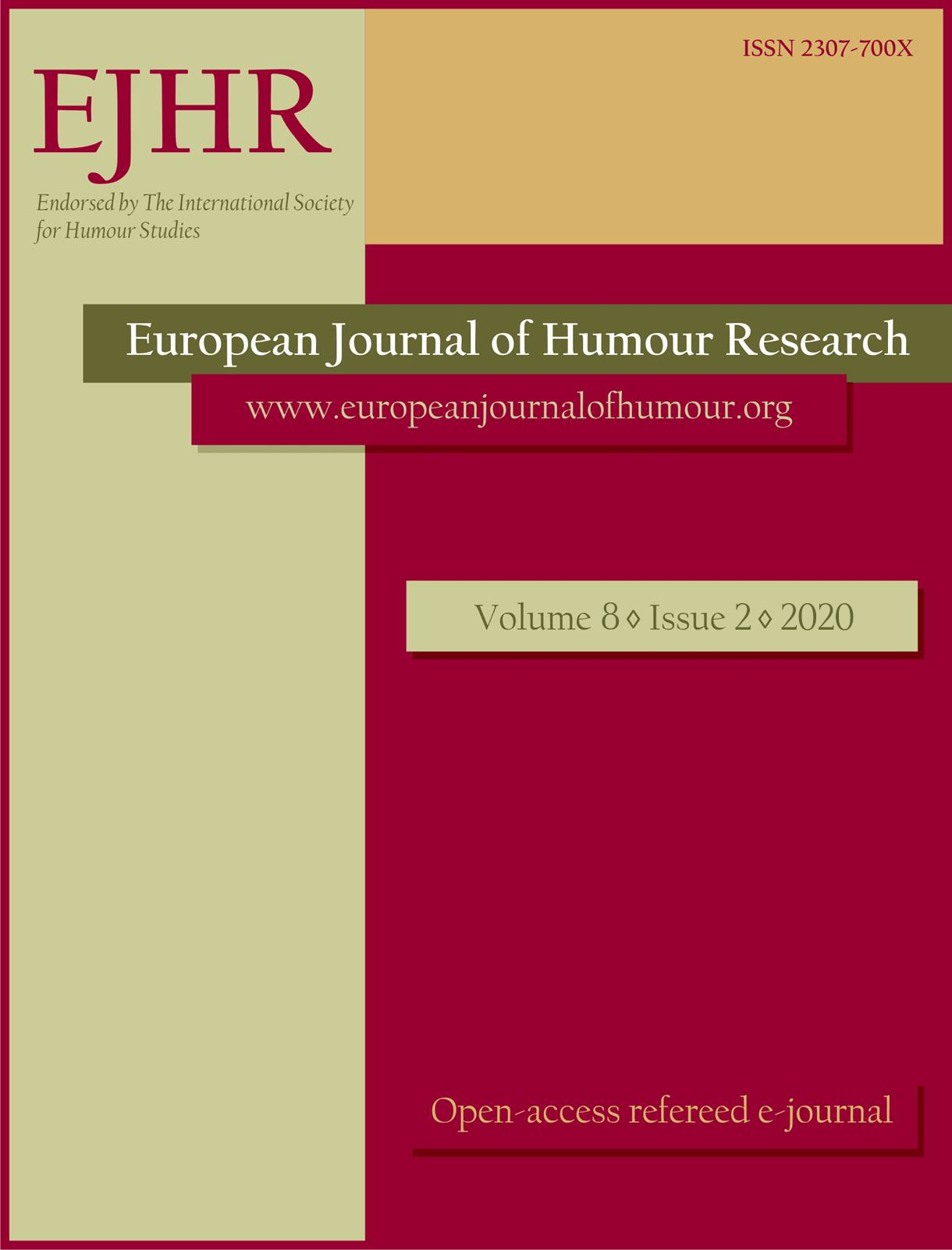
Studying cartoons in Romanian humorous news is a great way to underline the diversity of humour’s mechanisms and construction. The common topic of cartoons in Romanian media is politics, but there are also a great number of cartoons exploring subjects such as art, science, society or famous people. Unlike verbal humour, wherein incongruities are text-based, in cartoons, incongruities can emerge through the interaction of image and text, between two elements in the image, or even between the texts in the balloons (Hempelmann & Samson 2008). The present study aims at analysing how humour emerges differently, depending on their topic, in cartoons created by the Romanian humorous media websites Times New Roman and Academia Catavencu, as these have been the two of the most controversial humorous news websites for quite some time. I intend to argue that, when it comes to political cartoons, the methods of humour are quite complex, equally relying on the image and the text, using polysemy, paronymy or syllepsis to create humour, while cartoons about society or gossip are usually based on implicitness and exaggeration, mostly found in images and symbols, as the targeted topics or people do not require such a complex background in order to make readers laugh. I have also observed that cartoons that rely less on text have more powerful symbols, which are full of various significations that help the readers make all the necessary connections to correctly interpret the image.
More...
This article analyses humour as a part of carnival aesthetics in urban social movements. It regards humour’s place in street protests as an aesthetic experience that brings forth an interplay of joy, imagination and freedom. Drawing from social movement theory regarding collective identity and collectivism, aesthetic theory and Mikhail Bakhtin’s theory of carnivalesque, this paper examines the link between humour and carnival aesthetics in recent social movements. It argues that carnival laughter initiates a process of symbiosis that opens relationships with others and allows recognition of democratic diversity, aesthetic sensibility and political dignity—essential for the reconstruction of a new space that is resistant to the politically imposed world crisis. It asks: could humour be one of the social catalysts we need during the authoritarian turn in a political Ice Age instigated by conservative populism? Drawing on examples from the Gezi Movement in Turkey in 2013, the article demonstrates how humour is not just a tool to consolidate solidarities but a definitive aesthetic experience that, in the context of the street protests, becomes the antidote to hegemonic-sense-making mechanisms and the greyness of our collective thinking.
More...
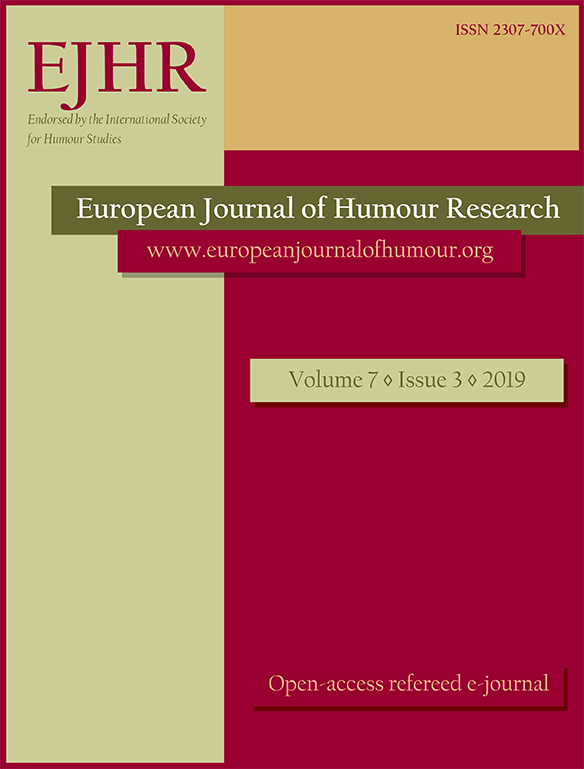
This study attempts to provide initial tentative insights into the audience reception of intertwining political satire and destination marketing imagery by analysing the “America First, the Netherlands Second” video and a student sample audience response. In 2017, a series of YouTube videos named “America First” went viral. The video that started the viral phenomenon was “America First, the Netherlands Second”, responding in a satirical manner to the “America First” message of the inaugural speech of U.S. president Donald J. Trump. They achieved extreme popularity both in number of views and number of new memetic videos with similar satirical messages. These videos were a form of political expression and at first sight did not seem to have much in common with communication in tourism. However, the videos included typical destination marketing imagery, intertwined with satirical representations, thus representing a humorous “spoof” on destination marketing. The study analyses participants’ memory recall, eye-tracking movements and focus group responses in order to provide initial conclusions on how audiences respond to the intertwining of satirical political expression and destination marketing imagery.
More...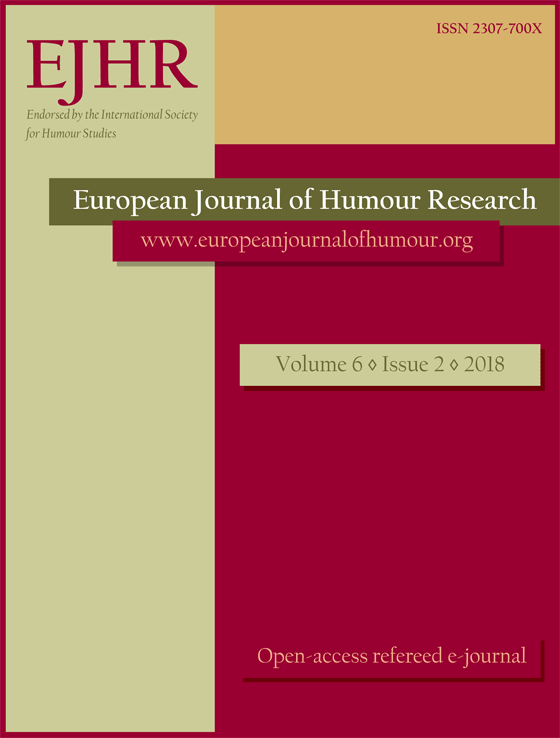
In my research paper I examine the first two election campaigns in Hungary following the Austro-Hungarian Compromise (1867). In particular, I analyse the ways the campaigns employed tools of humour in popular press products of the time, such as caricatures and texts in humour magazines (Ludas Matyi [‘Mattie the Goose-Boy’], Az Üstökös [‘The Comet’], Borsszem Jankó [‘Johnny Peppercorn’]), which were considered effective political weapons by contemporaries. After a history-oriented introduction devoted to illustrating the muchdebated content of the Compromise, the election system and the historical significance of the analysed papers, I categorize caricatures and the humorous or satirical texts related to the election of parliamentarians along the lines of the following aspects: (1) attacks against specific people, (2) standing up against the principles and political symbols of the opponent, (3) listing well-known, everyday anti-theses, (4) standing up against the press of the opponent, (5) judgment of the role of the Jewish, (6) war metaphors, (7) critique of the campaign methods of the opponent. My goal is to reveal what tools were used to ridicule political opponents, how parties were described to (potential) voters, how the parties tried to promote voting and convince people of their points of view. The analysed texts clearly depict the division of the Hungarian society (either supporting or rejecting the Compromise), and also document that the political tones became coarser and coarser, even in this humorous genre. During campaigns, the topic of elections took over the humour magazines, which serves as evidence for the intensity of public interest.
More...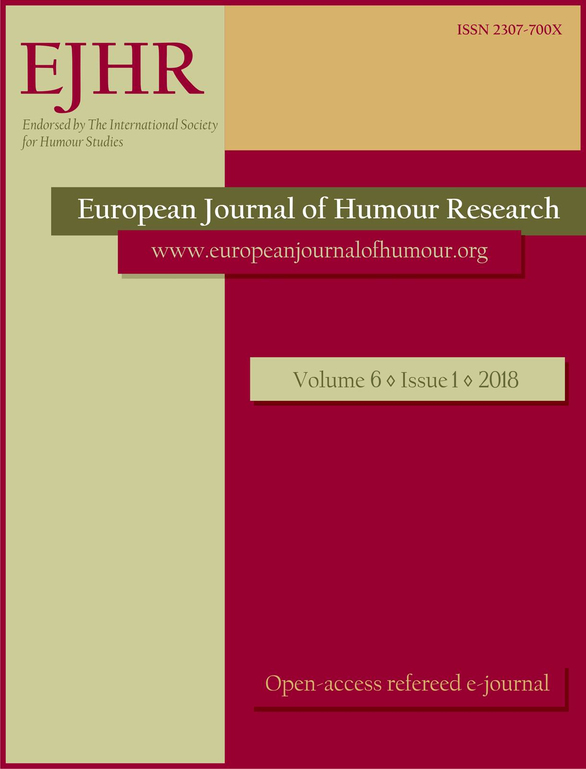
The article focuses on the interpretation of political cartoons and the means of expression a cartoonist uses to convey a message: visual metaphors, visual metonymies as well as metaphors inferred from the image and/or text. The metaphors and visual metonymies in the cartoons are analyzed from the point of view of Conceptual Metaphor and Metonymy Theory. In the analysis, visual and inferential metaphors are viewed as incongruities; there are also incongruities as a result of the interaction between image, title and/or caption. Political cartoons can have more than one focal (visual) incongruity that enables the introduction of a Logical Mechanism from the General Theory of Verbal Humour (GTVH) to (partially) resolve the incongruity/ies. Visual metonymies and images can also function as enablers of a Logical Mechanism. Image and/or text can contrast with or reinforce a Logical Mechanism. Additionally, visual metaphors and metonymies function as contextualization indexes in the interpretation of the cartoons. Humour is the means to get the cartoonist’s message across to the viewer/reader and not an end in itself.
More...
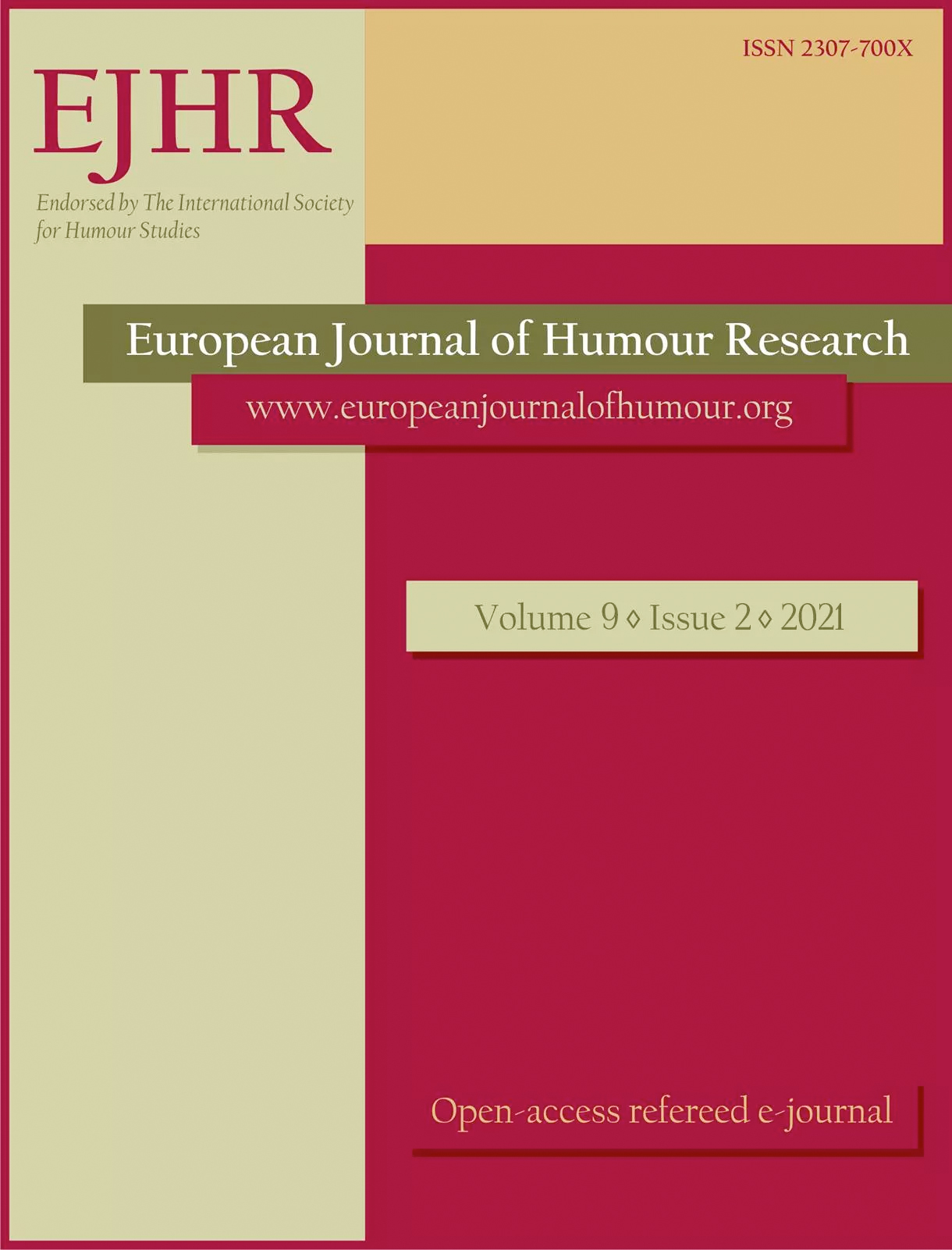
George of Trebizond (1395-1472) has spent a significant part of his life translating Greek books into Latin. The bulk of his translations is impressive: from Ptolemy’s Almagestto John Chrysostom’s homilies and works by Cyril of Alexandria, Basil the Great, Gregory of Nyssa, and Aristotle. He was quite an experienced translator, who had worked out an elaborated method explained in several writings. At the height of his career, George rather hastily translated Plato’s Laws. The haste and, probably, George’s bias against Plato and Platonism resulted in numerous inaccuracies of translation. Several years later, Basilios Bessarion closely scrutinized these faults in the fifth book of his In Calumniatorem Platonis, a comprehensive work aiming to refute the arguments set out in George of Trebizond’s anti-Platonic treatise Comparatio Philosophorum Aristotelis et Platonis. The paper analyses the use of such rhetorical devices as sarcasm and irony in Bessarion’s In Calumniatorem Platonisand especially in his commentary on George’s translation of Laws; it also aims to demonstrate how Bessarion turns George of Trebizond into a comic figure, thus compromising both the opponent and his interpretation of Plato’s doctrine.
More...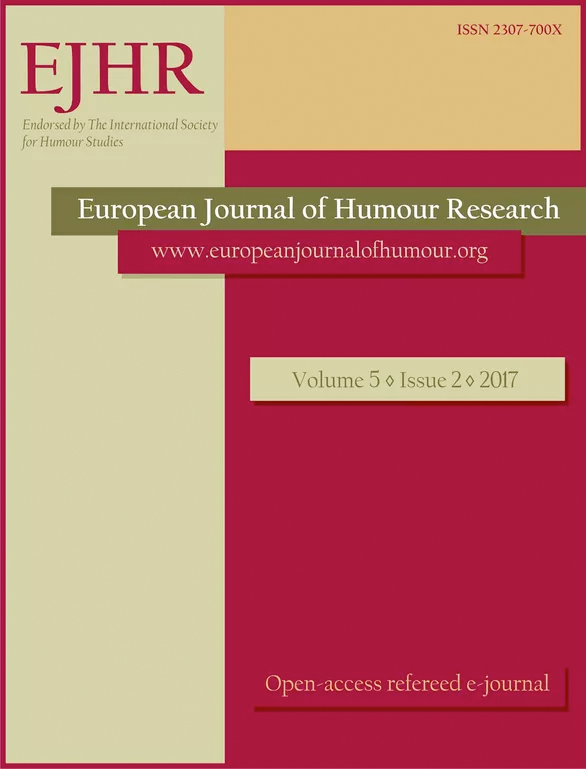
The aim of the paper is to uncover the extent to which different forms of political Internet humour can criticise current political affairs in a developing democracy such as Bosnia and Herzegovina. Specifically, applying a cognitive linguistic theory of meaning construction, namely conceptual integration theory, the paper analyses the construction of meaning of humorous Internet forms, such as memes, demotivational posters, hashtag posts, and memetic photographs, representing innovative ways of providing political commentaries on current political affairs. The meaning of political humour is constructed in conceptual blending as a basic cognitive mechanism. As it is claimed (Coulson & Pascual 2006, Coulson & Oakley 2006, Coulson 2006, Oakley & Coulson 2008) that blending can be used as a rhetorical tool influencing the audience to change the reality and even act upon it, the analysis of the construction of meaning of political humour as products of conceptual integration can reveal hidden ideologies in political discourse.
More...
This study investigates the diffusion of a new political language based on humour and irony into Turkish politics. The Taksim Gezi Park Protests, in addition to introducing a new subject to Turkish politics, led to a new language that places humour at the centre. The Government’s neoliberal and authoritarian policies and tight control over traditional media shaped the resistance to be humoristic and indirect. People used alternative media to voice their dissent, mainly in the form of social media messages in addition to street performances, graffiti, videos and murals. This new wave of humour, which I prefer to call the “public square humour” emphasised creativity, improvisation and pluralism via the usage of traditional conversational humour mechanisms of the Turkish folk narratives. I investigate the effect of this new wave of humour on the professional politicians over the course of following years after the protests in an increasingly authoritarian political climate. I analyse the Twitter messages of four major party leaders and politicians who are active in Twitter, both qualitatively and quantitatively. With the methods of the discourse analysis I identify the political parties that embrace the new language of the political opposition. Finally, I conclude that Demirtas embraces the public square humour better and makes use of it to underline the transformation of HDP (People’s Democratic Party) from a defendant of ethnic politics to the representative of the new voice of Turkish political opposition.
More...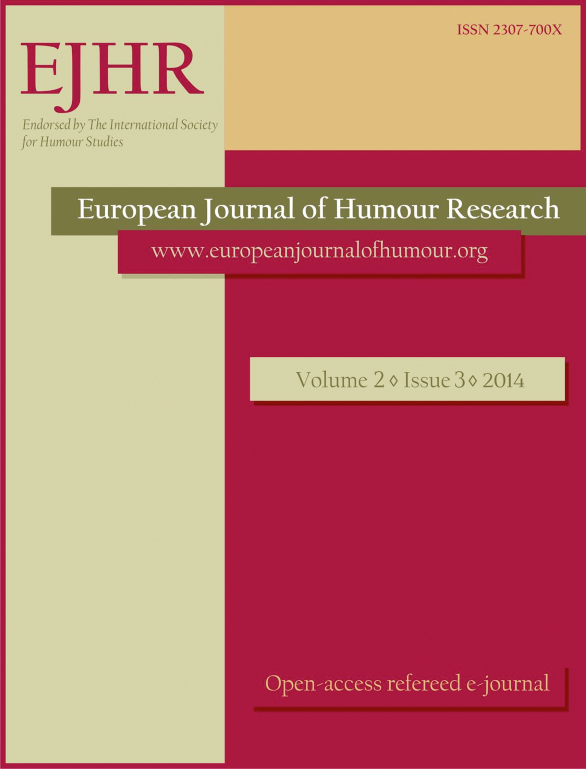
This paper studies the evolution of political humour in media in the United States after 9/11. Previous research has identified patterns in the evolution of jokes on the Internet but a study of patterns of humour in mainstream media remain scarce. This paper looks at late night television shows and cartoon strips in post-9/11 United States, and tries to plot a pattern in their evolution. Television programs such as The Daily Show or cartoon strips such as The Boondocks and Get Your War On have become major sources of political news, especially for the younger section of the population. These media constitute and react to the business of political news in the United States. This paper attempts to explore what political consciousness is constructed through humour in these media. Any pattern that may emerge out of this study is also reflective of humour’s engagement with politics, especially in a time in which irony was declared to be dead. A comparison of humour on these different fora throws some light on how the United States reacted to 9/11 through humour as well as what material, political or psychological forces drive humour on different kinds of media.
More...
This article analyses a sports-related satirical-parody television series as a generator of preferred meanings that may be associated with an ideological context of a stateless nation such as Catalonia, where the symbolic aspect is fundamental to the imaginary-building process. In this case, the research focuses on identifying whether representations of difference exist in the humorous content of the television series and, if they do, how they are represented and whether they propose imaginary boundaries. Through a quantitative and qualitative analysis in a satirical-parody television series about sports-related news, this study shows that humour generates symbolic boundaries between two spaces. While one of the spaces is in close proximity to the context in which the series is produced and broadcast –Catalonia–, the other encompasses the rest of Spain. In the same direction, humorous audiovisual text contains preferred and also dominant meanings, and these are expressed by how characters valuate other characters, situations, contexts, etc. The nature of the valuations proposes meanings that express the idea of a positive “us” and a negative “them”. Television humour acts as a cultural agent that proposes preferred meanings to the subject, and such meanings become part of the subject’s identity process
More...
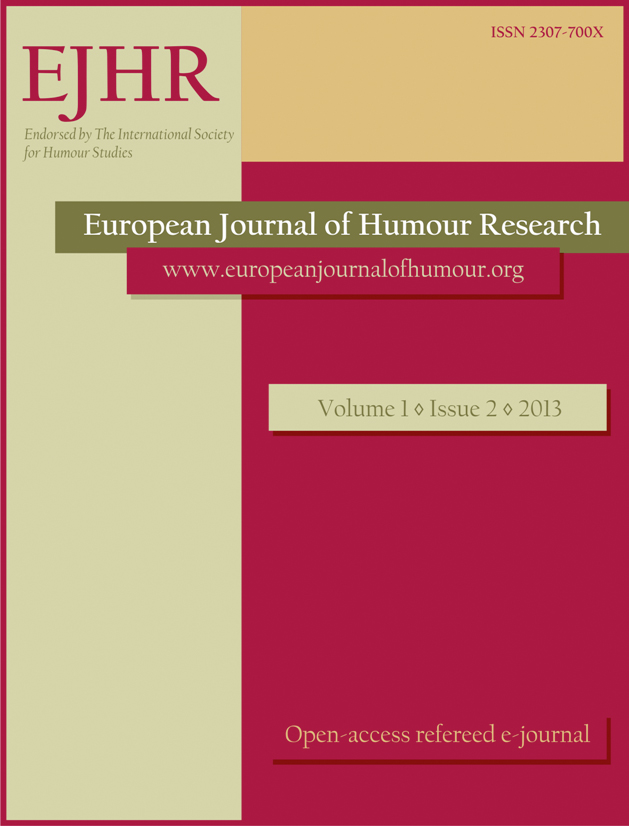
This paper aims to apply Sperber & Wilson’s Relevance Theory (1986; 1995; 1987) and the two stage incongruity-resolution theory of humour (Attardo 1994) to explain how humorous interpretations are produced in a corpus of political billboards published by the Labour Party in the 1997, 2001 and 2005 British election campaigns. The intersemiosis (O’Halloran 2008) between the verbal and the visual will be taken into account in order to decode the meanings transmitted. It will be suggested that the viewers’ access to background beliefs and assumptions in order to form a context against which new incoming information can be processed is also essential in order to decode meaning. The extraction of strongly or weakly implicated information is a good source of humorous effects. It will also be suggested that the interpretation depends on the viewer’s ideology, as “relevance is always relevance to an individual” (Sperber & Wilson 1986: 142).
More...
The aim of this paper is to compare the appreciation of humor that a sample of citizens in Spain has expressed about two different types of ethnic humor produced by two successful television programs from two autonomous communities in Spain: the Basque Country and Catalonia. Both regions are well-known in the Spanish society for their specific cultural and political features, which are seen as different from the rest of the country. To some extent, their particular character is fixed in the Spanish collective imaginary by some particular stereotypes, represented in stupidity and canniness jokes, following the model investigated by Christie Davies. In contrast to these jokes, the present study focuses on the ethnic humor circulated in these two regions, a kind of humor that is based on their specific identity and where it is possible to combine elements of self-deprecating humor and elements of aggressive humor towards Spain. More specifically, this work tries to test if the political background that these two regions represent in Spain –societies that dares the cohesion of the Spanish identity, even fighting for nationalist recognitions of political rights- could influence or not in the appreciation that the Spanish citizens as a whole have of this ethnic humor that Basques and Catalans produce.
More...
Political cartoons can function as a means of monitoring the level of press freedom, of government’s tolerance of free speech, and their resistance to challenges posed by opposition. It may also be argued that in this digital age the aforesaid barometric utility can extend to other satirical visual forms like memes and videos. Singapore has a long reputation for its strict media control, iron-grip on the mainstream media, and zero-tolerance for any form of spontaneous public protest. However, the arrival of the digital information age effectively eroded the government’s hegemony over the public sphere, resulting in a revitalisation of democracy and the empowerment of a traditionally docile and acquiescent citizenry with regards to politics. As with most socio-political struggles in the past, political humour can be seen playing once again an important role in the expression of dissent and criticism of the establishment in the island-state. However, unlike in the past when such political humour was the domain of a small group of professional artists and writers, the new media with its immense capabilities like powerful search engines, social networks, YouTube, Twitter and various computer applications like Photoshop and Macromedia Flash, has for the first time provided tools for ordinary people who hitherto may have lived in fear of voicing their dissatisfaction all their lives, but are now empowered to create their individual and personalised expressions of protest through the use of Internet memes and other techniques, sometimes within hours of a piece of news breaking. This paper presents a case study that demonstrates how political humour “of the people, by the people” helped fuel a public outcry against the incompetence and negligence of a Singapore public transport provider that had resulted in a series of major breakdown that brought great embarrassment to a country known for its ability to “make things work”. The public’s demand for accountability has led to the unprecedented resignation of the Chief Executive Officer.
More...